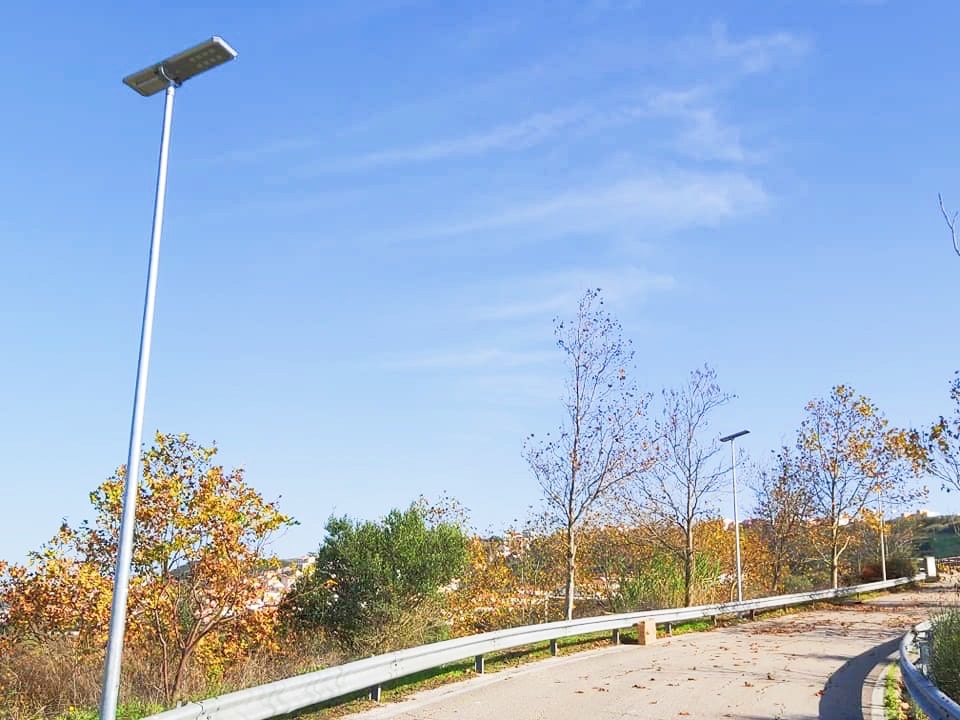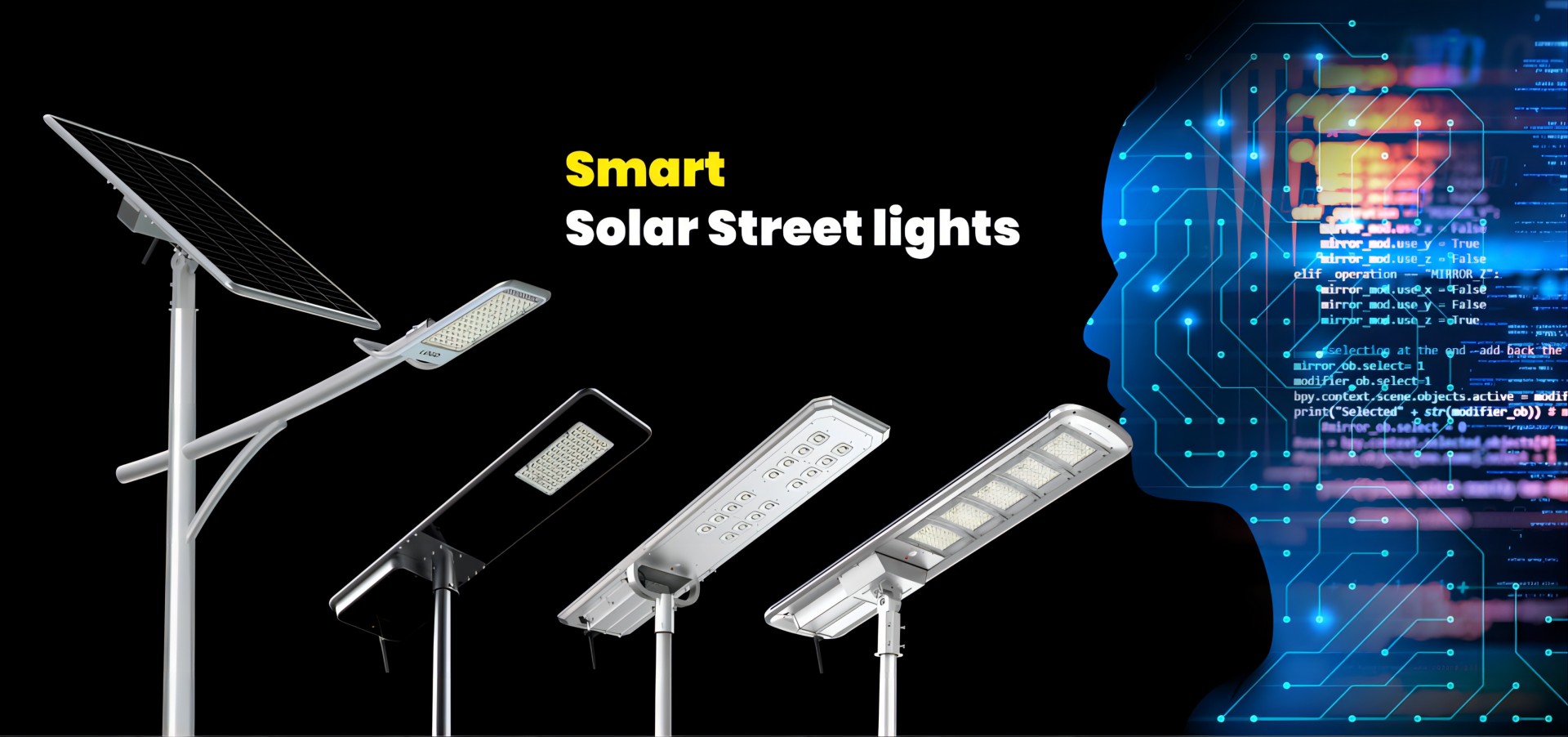Solar lighting has been gaining popularity in commercial settings due to its numerous advantages. One of the major benefits is the reduction in electricity bills, which can result in significant cost savings for businesses. By using solar power to light up their premises, businesses can produce their own electricity and reduce their dependence on the grid.
In addition to cost savings, solar lighting also has a positive impact on the environment. By using renewable energy, businesses can reduce their carbon footprint and contribute towards a greener planet. This is especially important in today’s world where sustainability is a top priority for many customers.
In this blog post, we will explore the different advantages and disadvantages of using solar lighting in commercial settings so you can decide if it’s right for your business.
Advantages of using solar lighting
Energy Savings
Solar lighting is an eco-friendly and highly efficient lighting option that offers numerous benefits. One of the most significant advantages is the substantial reduction in energy consumption that it provides. This is because solar lights harness the sun’s renewable energy to charge their batteries which means that there are little to no utility costs for your business.
In an era that has seen an increased emphasis on reducing carbon emissions and preserving the environment, solar lighting offers a viable solution to cutting down on electricity usage. An average LED solar light only requires 4 to 5 hours of full sunlight exposure to provide light for at least eight hours. This translates to significant energy savings for your business over time and reduces the negative impact on the environment.

Environmentally Friendly
The adoption of solar lighting solutions is an excellent way for businesses to demonstrate their dedication to eco-friendliness and sustainability. In a world that is becoming more environmentally conscious with each passing year, making such a commitment is increasingly important. Sustainability has become a significant deciding factor for consumers and investors alike, and by investing in solar lighting, businesses can visibly showcase their efforts to lessen their environmental impact. This in turn can lead to increased customer loyalty, improved brand reputation, and greater revenues.
With its potential to decrease carbon emissions and promote a cleaner future, transitioning to solar lighting is a smart choice for any business looking to operate in a more sustainable manner. By taking advantage of this eco-friendly technology, companies can reduce their carbon footprint while also sending a powerful message to customers, competitors, and the broader community.
Minimal Maintenance and Installation Costs
The use of LED technology in these systems ensures that they require minimal maintenance while providing excellent illumination. Moreover, advanced battery technology, specifically designed for solar lighting applications, ensures that the batteries last for around 10 years or more, which means that there is no need to incur any expenses replacing them frequently.
The long life of the fixtures means that there is no need to replace the lamps frequently, which results in lower maintenance costs, and the reduced labor time required for such replacements creates further cost savings.
With their long-lasting and efficient nature, solar lighting systems with LEDs and advanced battery technology are a smart investment, providing a sustainable and cost-effective lighting solution for commercial and industrial use.

Disadvantages of using solar lighting
Initial Investment
When considering implementing solar lighting, one should keep in mind that initial equipment costs can exceed those for traditional lighting options. However, in the long run, one can save a significant amount of money, as installation costs for solar lighting are lower. There are several reasons for this. First, there are fewer right-of-way considerations when installing solar lighting. Secondly, there is no need to carry out trenching or install underground wiring, which can be a significant expense. Lastly, there is no need to bring power to the site, which can be yet another considerable cost.
Weather and Location Dependence
he efficacy of solar lighting systems is contingent on several factors, namely weather patterns, the placement of lighting apparatus, and the amount of sunlight available throughout the day. Unless you engage with a solar manufacturer that offers an individualized assessment of your location’s energy needs and lighting design, solar lights may face challenges in operating at peak levels.
Indeed, the weather plays a crucial role in determining solar system performance. Cloudy and overcast conditions can dramatically diminish the amount of sunlight reaching the solar panels, thereby limiting the capacity and longevity of the energy supply. Furthermore, location-specific variables such as the presence of trees, buildings, or other obstructions can obstruct sunlight and thus impact the efficiency of the solar lighting system. Site-specific inclination analysis, as indicated earlier, is thus critical in determining the ideal placement and configuration of solar lighting systems.
Light Output
Unlike traditional lighting systems, the power output of solar lights is dependent on the amount of energy they can produce and store. In the past, this limiting factor restricted the range of applications for solar lighting systems. However, with technological advancements in LED efficacy and battery management, this gap is progressively being narrowed, thus making solar lights more capable of offering better light performance. The evolution of these technologies has enabled solar lighting systems to provide efficient and reliable illumination for a wide range of lighting applications.
The focus on limiting light pollution and trespass has become a major issue for communities in recent times. Solar lighting systems serve as a viable solution to this challenge, as they enable effective illumination without contributing to the environmental degradation caused by traditional lighting systems. This solution is particularly relevant for roadway, pedestrian, and parking lot lighting, as it permits safe navigation without any harmful effects on the environment.
Making the Switch to Solar Lighting
Despite these potential drawbacks, solar lighting can be a viable solution for businesses looking to reduce their environmental impact and energy costs. At SRESKY, we are dedicated to providing reliable and efficient solar lighting solutions for commercial and municipal properties. Our solar commercial parking lot lights utilize the latest technology to offer bright and even lighting with minimal maintenance requirements. Contact us today to learn more about how we can help your business create an energy-efficient lighting plan.
